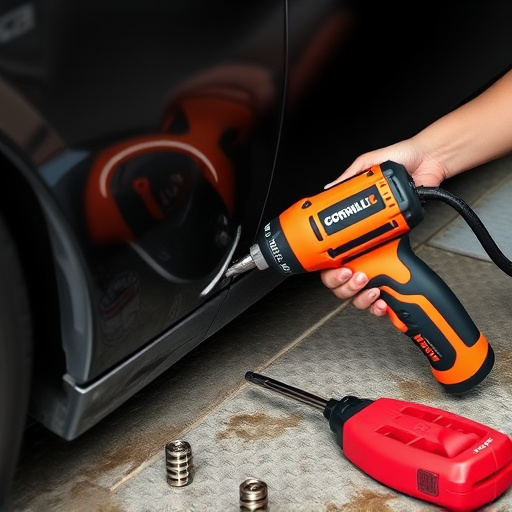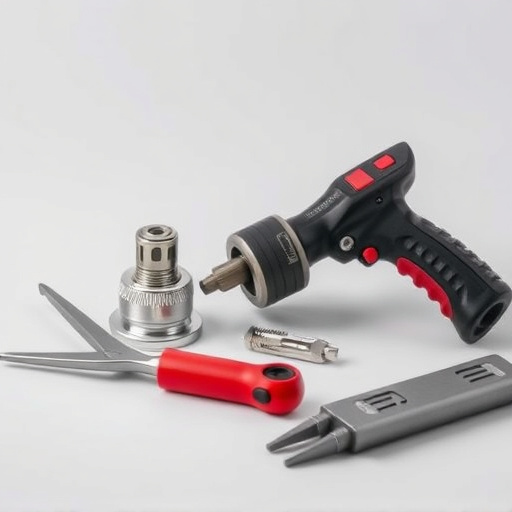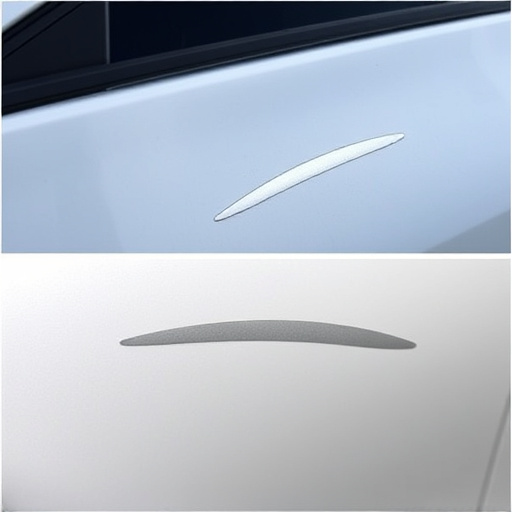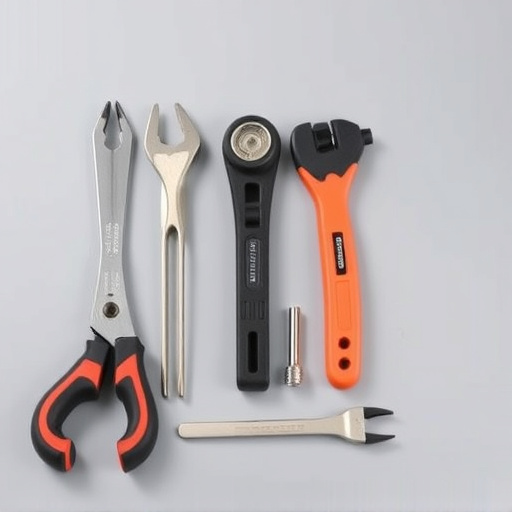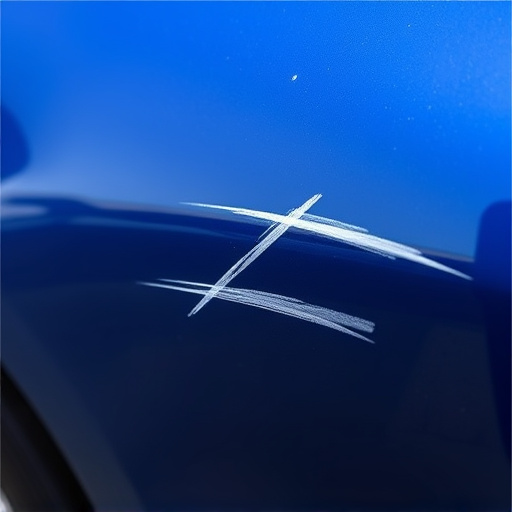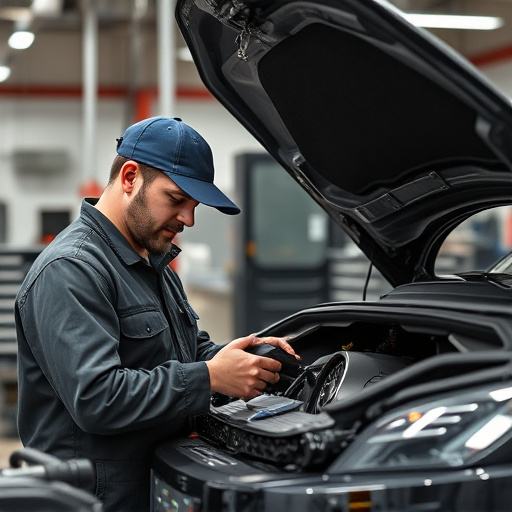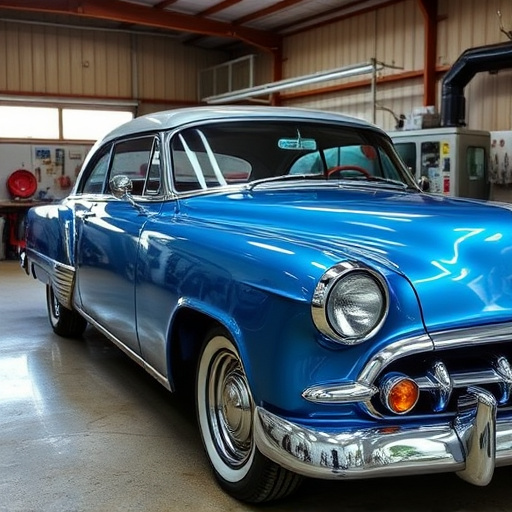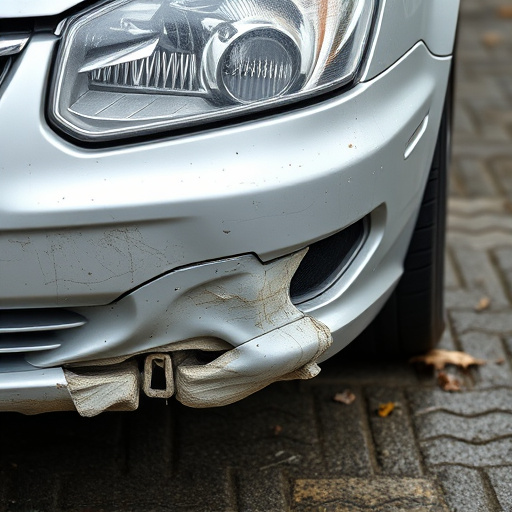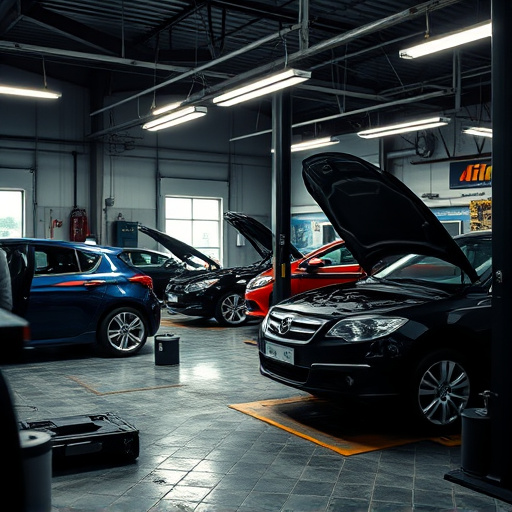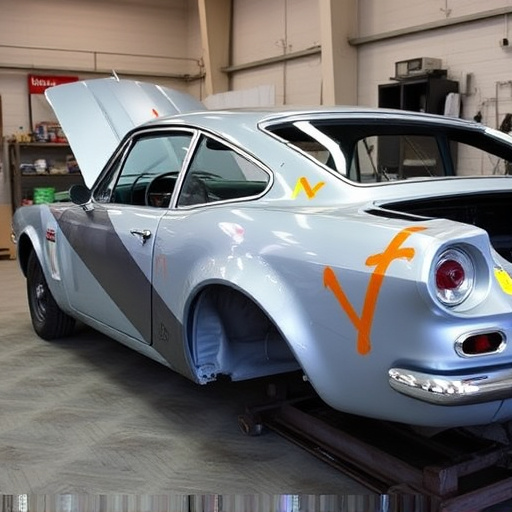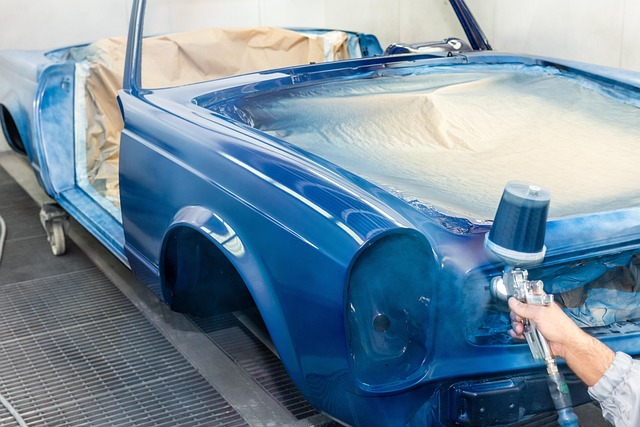Aluminum has transformed Tesla structural repair due to its lightweight, robust properties enhancing performance and fuel efficiency. Its corrosion resistance and ease of formation make it superior for vehicle strength and aesthetic appeal. Specialized techniques integrate aluminum components, minimizing weight and environmental impact. However, repairs require specialized knowledge and equipment to preserve integrity against damage from environmental factors and collisions.
Aluminum is playing a pivotal role in shaping the future of Tesla structural repairs. As the automotive industry shifts towards lightweight materials, aluminum’s versatility and strength make it an ideal choice for Tesla’s innovative repair techniques. This article delves into the understanding of aluminum in automotive structures, explores Tesla’s cutting-edge repair methods for lightweight frameworks, and analyzes the benefits and challenges associated with using aluminum in structural repairs, all while highlighting its growing significance in the electric vehicle landscape.
- Understanding Aluminum in Automotive Structure
- Tesla's Innovative Repair Techniques for Lightweight Frameworks
- Benefits and Challenges of Aluminiun in Structural Repairs
Understanding Aluminum in Automotive Structure
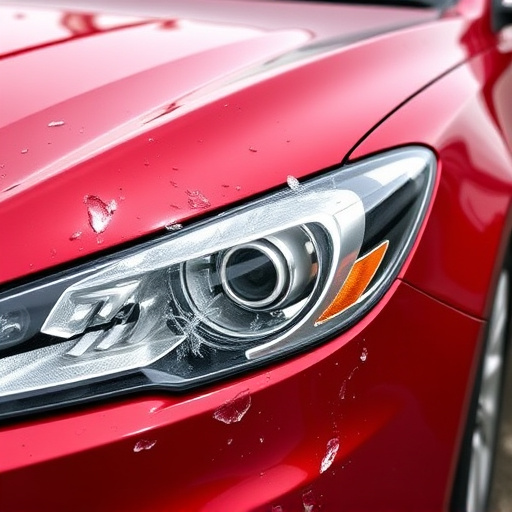
Aluminum has emerged as a prominent material in modern automotive design, especially in vehicles like Tesla models, known for their innovative structural repair methods. Its lightweight yet robust nature makes it an ideal choice for enhancing vehicle performance and fuel efficiency. Understanding aluminum’s unique properties is crucial when it comes to Tesla structural repair. This metal offers excellent corrosion resistance, ensuring that car body repair processes can be more effective and long-lasting compared to traditional steel structures.
In the realm of car restoration and auto maintenance, aluminum provides a level of versatility. It can be easily formed, welded, and joined, allowing for intricate designs and precise repairs during the structural repair process. This makes Tesla’s approach to structural healing even more impressive, as they utilize advanced techniques to integrate aluminum components seamlessly, maintaining the vehicle’s strength and aesthetic appeal while also reducing overall weight.
Tesla's Innovative Repair Techniques for Lightweight Frameworks
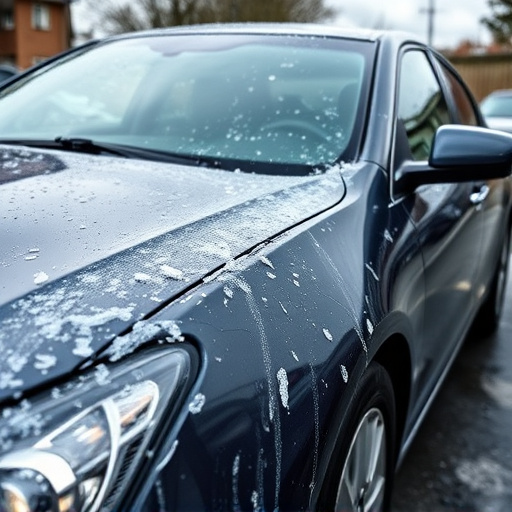
Tesla has pioneered innovative repair techniques for lightweight frameworks, a significant aspect of their modern automotive design. With an emphasis on sustainability and performance, Tesla’s structural repairs often involve advanced materials and methods that set them apart from traditional auto body repair practices. These techniques not only ensure the integrity of the vehicle’s structure but also contribute to the overall efficiency and reduced environmental impact of Tesla vehicles.
The company utilizes specialized aluminum alloys, chosen for their exceptional strength-to-weight ratio, which is crucial in maintaining the structural integrity of the vehicle while keeping weight to a minimum. This is particularly evident in classic car restoration projects, where Tesla’s methods preserve the original aesthetic while incorporating modern repair techniques. Unlike conventional car bodywork that might involve heavy metal welding, Tesla employs precision-cut and laser-welded aluminum panels, resulting in superior strength and a sleek, seamless finish.
Benefits and Challenges of Aluminiun in Structural Repairs

Aluminum has emerged as a prominent material in Tesla structural repair methods due to its unique benefits. Its lightweight nature makes it an ideal choice for vehicle fabrication, ensuring better fuel efficiency and enhanced performance. In the context of Tesla structural repair, aluminum offers superior corrosion resistance, making it a durable option for various components, from body panels to frames. This material’s ability to maintain its strength over time contributes to the overall longevity of repaired vehicles.
However, implementing aluminum in structural repairs also presents certain challenges. Unlike traditional steel frameworks, aluminum requires specialized knowledge and equipment for effective frame straightening and fender repair. Collision repair centers need to invest in advanced tools and training to handle this material properly. Furthermore, while aluminum is corrosion-resistant, it can be more susceptible to damage from certain environmental factors and impact sites during a collision, requiring meticulous techniques for successful repairs and ensuring the vehicle’s structural integrity.
Aluminum has emerged as a game-changer in Tesla’s structural repair methods, offering lightweight frameworks that enhance vehicle performance while reducing weight. Its benefits are clear, from improved fuel efficiency to enhanced maneuverability. However, challenges such as corrosion and specialized repair techniques must be addressed for widespread adoption. As Tesla continues to innovate, the role of aluminum in structural repairs is expected to grow, revolutionizing the automotive industry with its durability and sustainability advantages.
